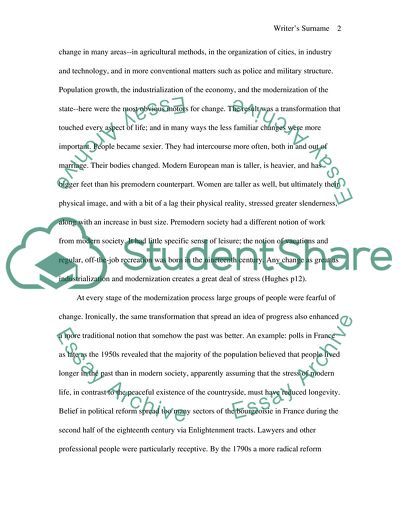Cite this document
(European society and thought Essay Example | Topics and Well Written Essays - 1750 words, n.d.)
European society and thought Essay Example | Topics and Well Written Essays - 1750 words. https://studentshare.org/history/1707275-european-society-and-thought
European society and thought Essay Example | Topics and Well Written Essays - 1750 words. https://studentshare.org/history/1707275-european-society-and-thought
(European Society and Thought Essay Example | Topics and Well Written Essays - 1750 Words)
European Society and Thought Essay Example | Topics and Well Written Essays - 1750 Words. https://studentshare.org/history/1707275-european-society-and-thought.
European Society and Thought Essay Example | Topics and Well Written Essays - 1750 Words. https://studentshare.org/history/1707275-european-society-and-thought.
“European Society and Thought Essay Example | Topics and Well Written Essays - 1750 Words”. https://studentshare.org/history/1707275-european-society-and-thought.


